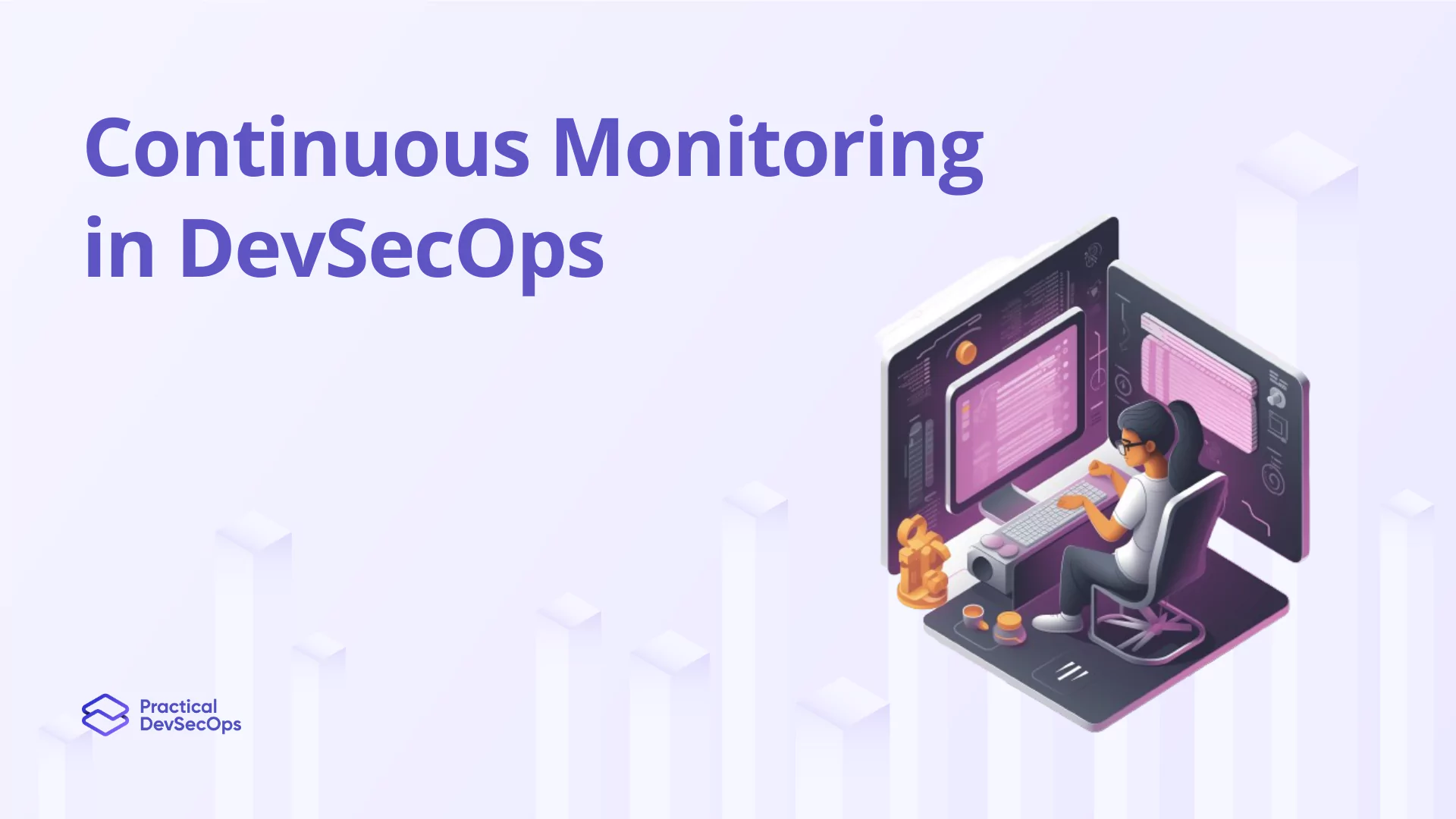As a cybersecurity enthusiast, understanding how to conduct threat modeling is a crucial skill. Threat modeling helps identify potential vulnerabilities and risks early in the development process, allowing you to implement effective security measures. In this article, we will explore the steps involved in threat modeling, along with a real-world example, to help you enhance your security prowess.
How To Do Threat Modeling Effectively
Threat modeling is a systematic approach to identifying and evaluating potential threats to an application, system, or organization. By analyzing possible attack vectors and understanding the impact of these threats, you can tailor your security measures to mitigate risks effectively. Let’s delve into the step-by-step process of conducting a threat modeling exercise.
Step 1: Identify the Scope and Assets
Before you can effectively model threats, it’s crucial to define the scope and the assets you are trying to protect. Start by creating an inventory of the systems, applications, and data involved. This step helps establish a clear understanding of what needs to be protected and allows you to prioritize your efforts accordingly.
Step 2: Create a Data Flow Diagram (DFD)
A data flow diagram illustrates how data flows through different components of your system. It helps identify external entities, data sources, data stores, and the flow of data between these entities. Creating a DFD provides a visual representation of the system, making it easier to analyze potential vulnerabilities and threats.
Step 3: Identify Threats
Once your data flow diagram is in place, you can proceed to identify various threats that can exploit vulnerabilities in your system. Consider both technical and non-technical threats, such as unauthorized access, data breaches, social engineering, insider threats, and more. Consult industry resources, security frameworks, and threat intelligence databases to generate a comprehensive list of potential threats.
Step 4: Evaluate and Prioritize Threats
Not all threats pose the same level of risk to your system or organization. Evaluate each identified threat based on its impact and likelihood of occurrence. Assign a risk rating to each threat by considering factors such as potential damage, likelihood, and the difficulty of exploiting the vulnerability. This prioritization helps allocate resources effectively to address the most critical threats.
Also Read, How to Improve Your Analytics Thinking in Threat Modeling
Step 5: Define Countermeasures
After prioritizing the threats, it’s time to define countermeasures to mitigate these risks. For each threat, brainstorm potential solutions and countermeasures that can be implemented. These countermeasures may include technical controls such as encryption, access controls, or firewall configurations, as well as non-technical measures like security awareness training, incident response planning, and regular security assessments.
Also Read, Threat Modeling vs Penetration Testing
Step 6: Implement and Test Countermeasures
Implement the defined countermeasures within your system or organization, ensuring they align with security best practices and relevant compliance requirements. Once implemented, it’s vital to test and validate the effectiveness of these countermeasures. Conduct penetration testing, vulnerability assessments, and regular security audits to identify any gaps and ensure that the countermeasures function as intended.
Also Read, Types of Threat Modeling Methodology
Real-World Example: E-commerce Website
To illustrate the threat modeling process, let’s consider an example of an e-commerce website.
- Identify the Scope and Assets: The scope would include the web application, user data, payment gateway, inventory systems, and other relevant components.
- Create a Data Flow Diagram: Develop a diagram showcasing how the data flows between the website, customers, payment gateway, and other systems involved.
- Identify Threats: Possible threats can include SQL injection attacks, cross-site scripting (XSS), stolen customer data, Distributed Denial of Service (DDoS) attacks, and unauthorized access to the administration panel.
- Evaluate and Prioritize Threats: Assess the potential impact and likelihood of each threat. For instance, a data breach leading to customer financial loss would carry higher risk compared to a limited DDoS attack.
- Define Countermeasures: Implement measures like secure coding practices, robust input validation, encryption of sensitive data, regular backups, effective access controls, and advanced monitoring and logging mechanisms.
- Implement and Test Countermeasures: Apply the defined countermeasures within the e-commerce website’s infrastructure and regularly test their efficacy through penetration testing and vulnerability assessments.
By following these steps and adapting them to your specific environment, you can perform threat modeling effectively and ensure the security of your systems.
Also Read, Threat Modeling Best Practices
Conclusion
Threat modeling is a proactive approach to security that allows you to identify and mitigate potential risks before they manifest. By conducting threat modeling exercises and implementing robust countermeasures, you enhance the protection of your systems, applications, and data. Remember, threat modeling is an iterative process that should be revisited periodically to adapt to evolving threats and changes in your environment. So embrace your inner security geek and make threat modeling a fundamental part of your cybersecurity arsenal.
Upskill in Threat Modeling






0 Comments